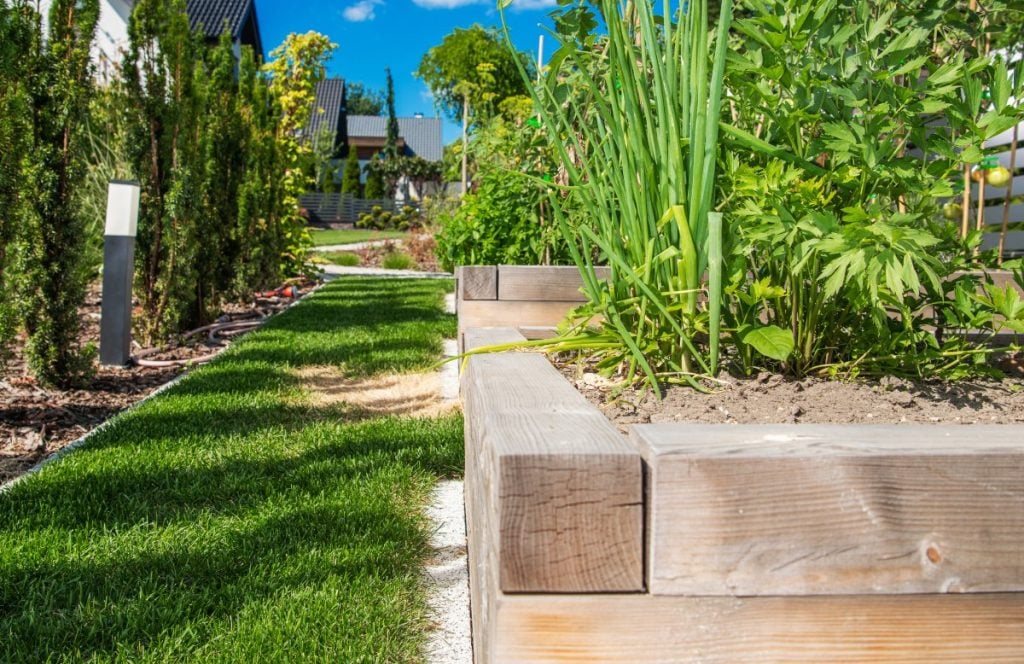Timber harvest tips for a 15 acre homestead are crucial for aspiring homesteaders looking to manage their land effectively. Whether you’re planning to build a cabin, sell timber, or simply clear your land, understanding the basics will set you on the right path. In this guide, we will explore essential tips for harvesting timber on your homestead, ensuring sustainability and profitability.

Understanding Your Land
Before embarking on any timber harvest, it’s vital to have a thorough understanding of your land. This includes knowing the types of trees present, the topography, and the soil quality. Conducting a land survey can provide valuable insights into these aspects.
Types of Trees
Identifying the species of trees on your property is the first step. Different trees have varying values and uses. For example, oak and maple are often sought after for their strength and beauty, while pine is popular for its versatility.
Topography and Soil
The landscape of your land will influence how you approach timber harvesting. Steep slopes may require specialized equipment, while flat areas might be more straightforward to manage. Soil quality can affect tree growth and should be considered in your long-term plans.
Planning Your Harvest
Once you understand your land, the next step is planning your timber harvest. This involves setting clear goals and determining the best methods to achieve them.
Setting Goals
Are you looking to clear land for agriculture, earn an income, or improve the health of your forest? Defining your goals will guide your harvesting decisions and help prioritize tasks.
Choosing the Right Method
There are various methods for harvesting timber, from selective cutting to clear-cutting. Each has its pros and cons. Selective cutting is more sustainable but can be slower, while clear-cutting is faster but may have a more significant environmental impact.
Sustainability Practices
Sustainable practices are essential for maintaining the health of your land and ensuring long-term benefits. Consider these strategies to minimize environmental impact.
Reforestation
After harvesting, replanting trees is crucial for sustaining the forest ecosystem. Choose native species that are well-suited to your climate and soil conditions.
Wildlife Habitat Preservation
Maintaining habitats for local wildlife is another important sustainability practice. Leave some dead trees and brush piles for animals to use as shelter.
Legal and Safety Considerations
Before starting your timber harvest, familiarize yourself with the legal and safety requirements in your area.
Permits and Regulations
Check with local authorities to ensure you have the necessary permits for timber harvesting. Regulations can vary widely, so it’s essential to be informed.
Safety Protocols
Timber harvesting can be dangerous. Ensure all participants are trained in proper safety protocols, use the right equipment, and wear protective gear.
Maximizing Profit
Understanding how to maximize profit from your timber harvest is key to a successful operation.
Market Research
Research current timber market trends to understand which types of wood are in demand. This knowledge can guide your harvesting decisions.
Value-added Products
Consider creating value-added products, such as furniture or wood chips, to increase profits. These can often fetch higher prices than raw timber alone.
Tools and Equipment
Having the right tools and equipment is essential for an efficient timber harvest.
Chainsaws and Logging Equipment
Invest in high-quality chainsaws and logging equipment suitable for the size of your operation. Regular maintenance is crucial to ensure safety and efficiency.
Transport and Storage
Efficient transport and storage solutions can help reduce costs and preserve the quality of your timber. Consider hiring professional services if necessary.
Community and Support
Engaging with your local community and seeking support can provide valuable resources and advice.
Local Forestry Groups
Join local forestry groups or associations to connect with other homesteaders and forestry experts. They can offer insights and share experiences.
Professional Assistance
Consider hiring a professional forester to help plan and execute your timber harvest. Their expertise can be invaluable, especially for large or complex operations.
For further insights on modern homesteading, you can refer to this podcast.
Conclusion
Successfully managing a timber harvest on your 15 acre homestead requires careful planning, sustainable practices, and a commitment to safety and legal compliance. By following these tips, you can achieve your homesteading goals while preserving the health and beauty of your land.
If you’re interested in diversifying your homestead income, check out these ideas.

FAQs
What is the best time for timber harvesting?
The best time for timber harvesting depends on your goals and local climate. Typically, winter is ideal as the ground is frozen, minimizing soil compaction.
Do I need a permit to harvest timber on my homestead?
Permit requirements vary by location. It’s essential to check with your local authorities to ensure compliance with all regulations.
How can I sustainably manage my homestead forest?
Sustainable management includes practices like reforestation, selective cutting, and maintaining wildlife habitats. Engaging with local forestry experts can provide additional guidance.





